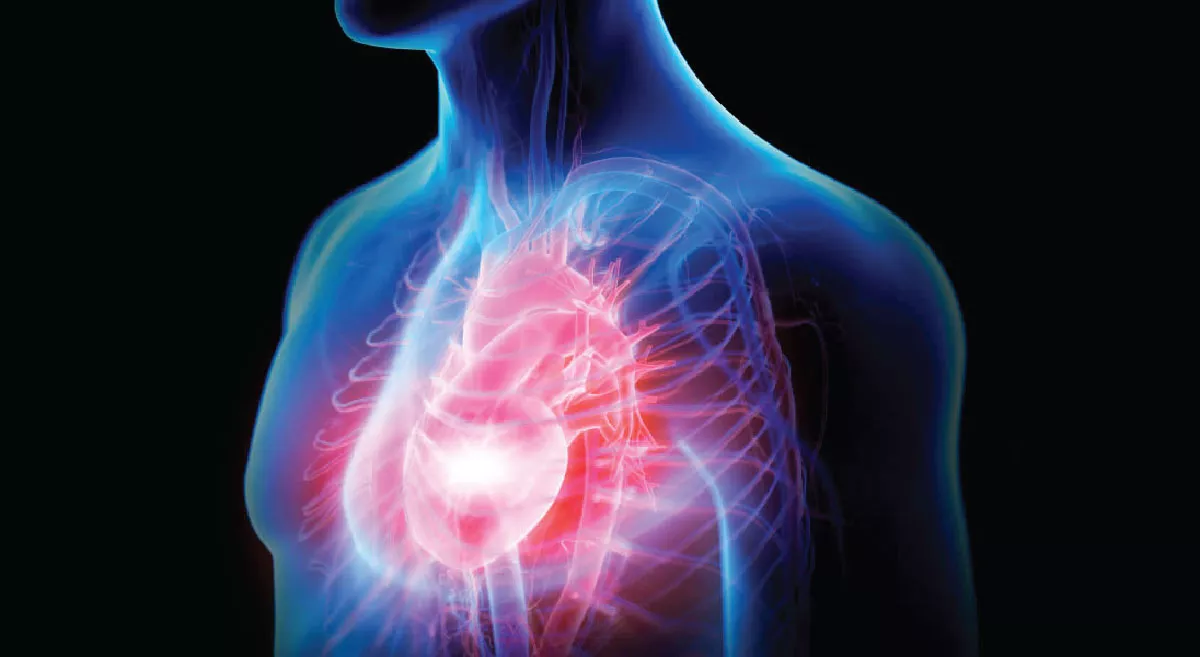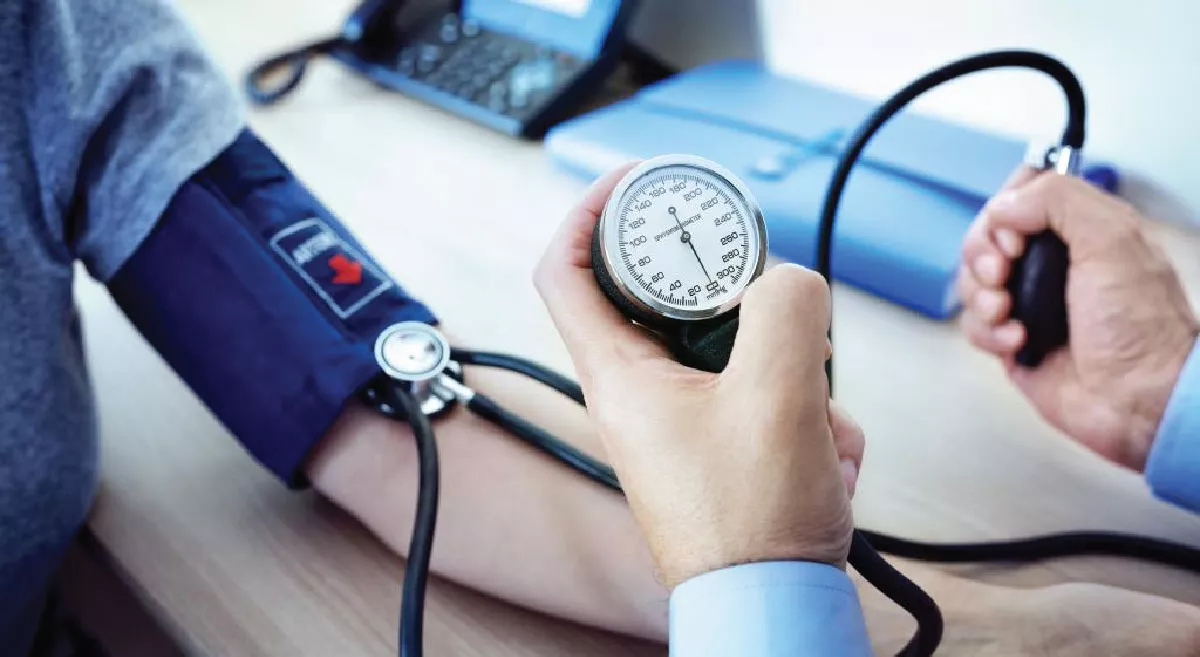Acute myocardial infarction
Commonly known as heart attack Is the leading cause of morbidity and mortality worldwide. It's occurrence is more common in urban population and developed countries due to lifestyle factors such as diet, smoking and sedentary behavior. Main cause is atherosclerosis. It involves the build up of plaque [Fat, cholesterol and other substances] in the coronary arteries, blood vessels supplying the heart, which in turn narrows the vessels and reduce the blood supply to the heart. Heart attack typically occurs when the fatty plaque ruptures, leading to the formation of blood clot (thrombus) that suddenly blocks blood flow to the heart. Symptoms include, Chest pain, Breathlessness and fatigue. Main aim of treatment is to open up the blocked blood vessel and to establish forward blood flow, which in turn reduces chest pain, Improves blood pressure and improves the pumping function of the heart. Many patients experiencing these symptoms often rush to a Heart Hospital in JP Nagar Bangalore for early evaluation and treatment.
This is achieved by.clot bursting medicines ( thrombolytics) or PTCA with stents. Time window or therapeutic window refers to critical period during which thrombolysis or PTCA is more effective.
Thrombolysis
It is more effective in opening the block if administered within three hours of symptom onset.PTCA is effective when performed within 90 minutes of hospital arrival, sometimes up to 12 hours from the symptom onset also. PTCA is also indicated in those patients where thrombolysis has failed or more risky due to bleeding complications history in those patients.PTCA is usually done via radial or femoral artery. Coronary angiogram identifies the site of block. THEN balloon catheter is advanced to the blocked segment and inflated to open the artery . Often a stent is placed to keep the artery open and prevent restenosis. In many cases, timely coordination with experienced Cardiologists in JP Nagar Bangalore can significantly improve the success rate of these interventions.
Approximately you see 20 to 30% reduction in mortality after a successful PTCA.While thrombolysis remains a valuable treatment option, especially in settings where Immediate PTCA is not available, the timely performance of PTCA offers superior outcomes. Those patients, who present with very Low blood pressure , loss of consciousness or severe breathing problems often have large myocardial infarction or left main coronary artery blockage or multiple blockages or pre-existing heart attacks. This subset of patients undergo complex angioplasty, often supported by invasive ventilation, balloon pump or Impella devices.











